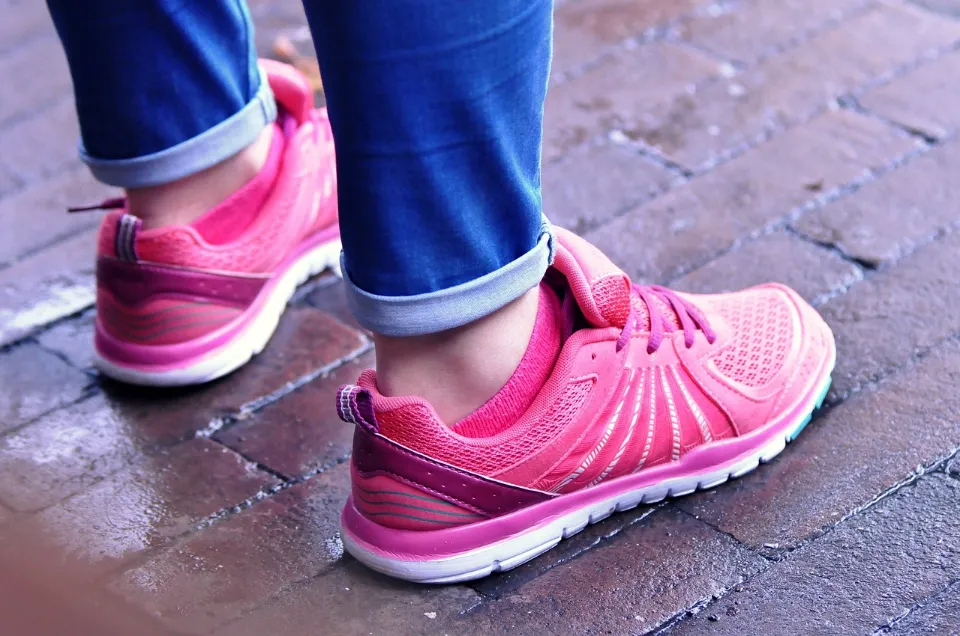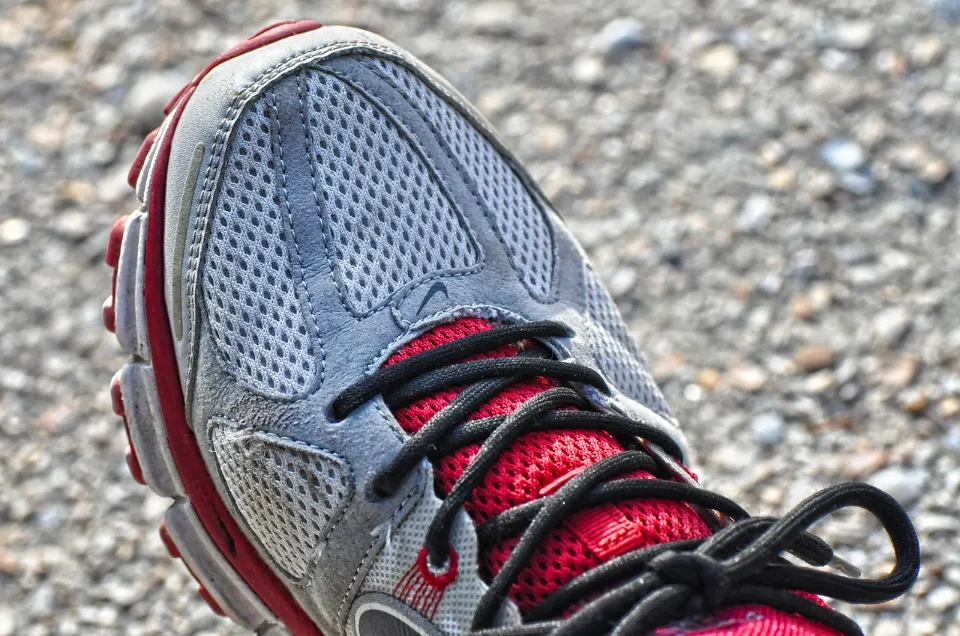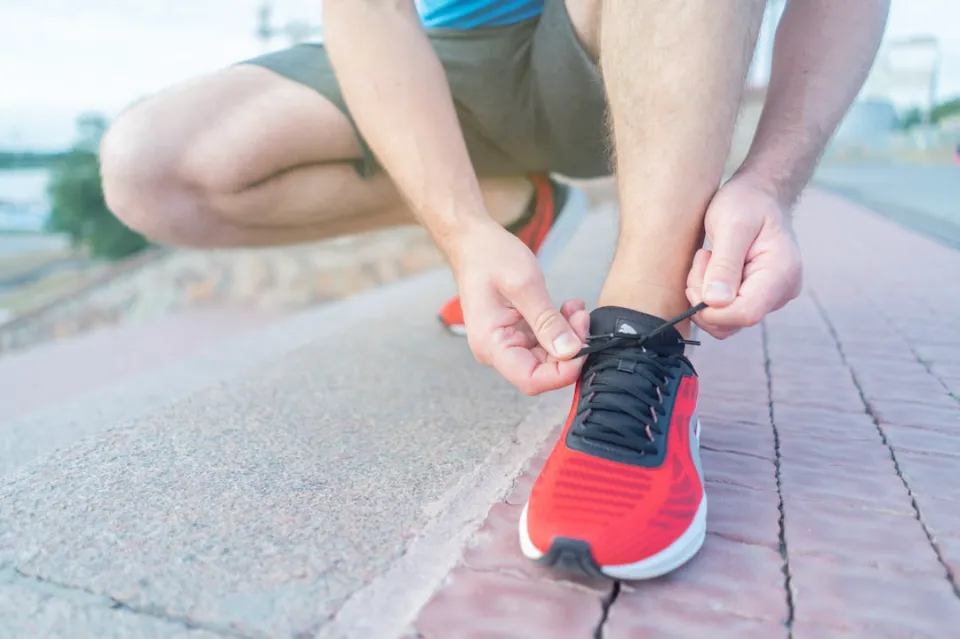
How to Break In Running Shoes – A Comprehensive Guide
Your shoes will have a big impact on how well you run. Blisters, pain, and performance issues can result from wearing uncomfortably fitted shoes. It’s essential to master the technique of breaking in running shoes for this reason.
We’ll give you the crucial methods and pointers you need to properly break in your running shoes in this in-depth guide. We’ll cover everything you need to know to make your running experience comfortable and enjoyable, from wearing them around the house to gradually increasing mileage.
So, lace up your running shoes and let’s explore the world of breaking them in.
Why Do New Running Shoes Need Breaking In?

The main goal of breaking in a new pair of shoes is to give the material a chance to soften and mold to your feet. This prevents you from developing foot injuries such as:
- Blisters are fluid-filled sacs that form on your skin when the material of your shoes rubs against it.
- Hot Feet: Constant rubbing between your shoes and feet can result in swelling and a burning feeling.
- Excessive friction or pressure on a specific area of your foot can result in corns, which are hard, painful, raised bumps. They typically develop between or above the toes.
- Similar to corns, calluses are dry, rough patches that primarily develop on the heel and sole of the foot. A lot of chafing between your shoes and feet is another factor in their development.
Despite what some people may think, even the best running shoes need to be broken in.
What Makes the Perfect Running Shoe?

You should select a trainer based on your unique needs and circumstances, as we just mentioned.
The frequency, distance, and terrain of your runs will determine what is effective for you.
Here are four things to bear in mind when making a purchase:
Understand Pronation
Pronation is the rolling of the foot from heel to toe through the foot strike. Your foot can lessen the impact force by making this motion. You want to avoid overpronation (rolling your foot too much to the inside) and under pronation (rolling too much to the outside) by picking a shoe that suits you.
Read More: How to Prevent Ankle Pain After Running
Pick a Shoe That Matches Your Foot Type

Use a wet test to determine your arch type, then choose a pair of shoes that suit it. For instance, motion-control shoes will give your foot the most support and provide the most control if you have a low arch or flat foot.
Identify Your Purpose
Running shoes can be used for a variety of purposes.
A daily running shoe is the best choice if you want something durable and adaptable. Look for trail running shoes if you’ll be running on rocky or dirt paths frequently. Or a lightweight shoe might be more appropriate for you if you prefer faster workouts or races.
Know What You’re Paying For
A higher price tag typically indicates higher quality, but this isn’t always the case. Good running shoes typically cost between £70 and 200, or $100 and $250. To prevent being ripped off, make sure you do your research.
Choosing the right kind of shoe is essential because running shoes need to be fairly durable. They are built to withstand the 2.5 times your body weight shock that is produced when your foot hits the ground.
You have to get it right because they also need to offer enough cushioning to relieve the pressure that repeated landings put on your feet, legs, and body.
Also Read: Does Running Make Your Legs Bigger
How Long to Break in Running Shoes?

In general running shoes break-in period is only going to take 20-30 miles to start feeling exactly how you want them to. When the shoe will only last us about 500 miles, we don’t want to spend months breaking it in.
I advise ordering shoes about a month before race day if you’re buying them specifically for the event. That guarantees you have enough time to break them in using the following steps and go for a long run and speed workout.
Do You Have to Break in Trail Running Shoes?
Not breaking in your trail running shoes has some advantages and disadvantages.
On the plus side, you won’t have to be concerned about your feet developing blisters or hot spots. New runners may find it helpful that new shoes have more cushioning and support because these features are common in new shoes.
On the downside, they might not protect you from the elements as well as a pair of well-broken-in shoes and they might not fit as well after a few miles. It is ultimately up to you to decide what feels most comfortable for you regarding whether or not to break into your shoes.
Conclusion

It does take two to three weeks to properly adapt to a new pair of running shoes, and breaking them in does require. This is the time frame that is typical for “adjustment” to new high-performance footwear.
Despite this, running shoes won’t loosen much with use, and wearing the incorrect pair will hurt or make you uncomfortable at any time.
The poor fit could be the cause of many issues you encounter when running in new shoes, and this is a problem that breaking in your running shoes won’t ever be able to solve!





Average Rating